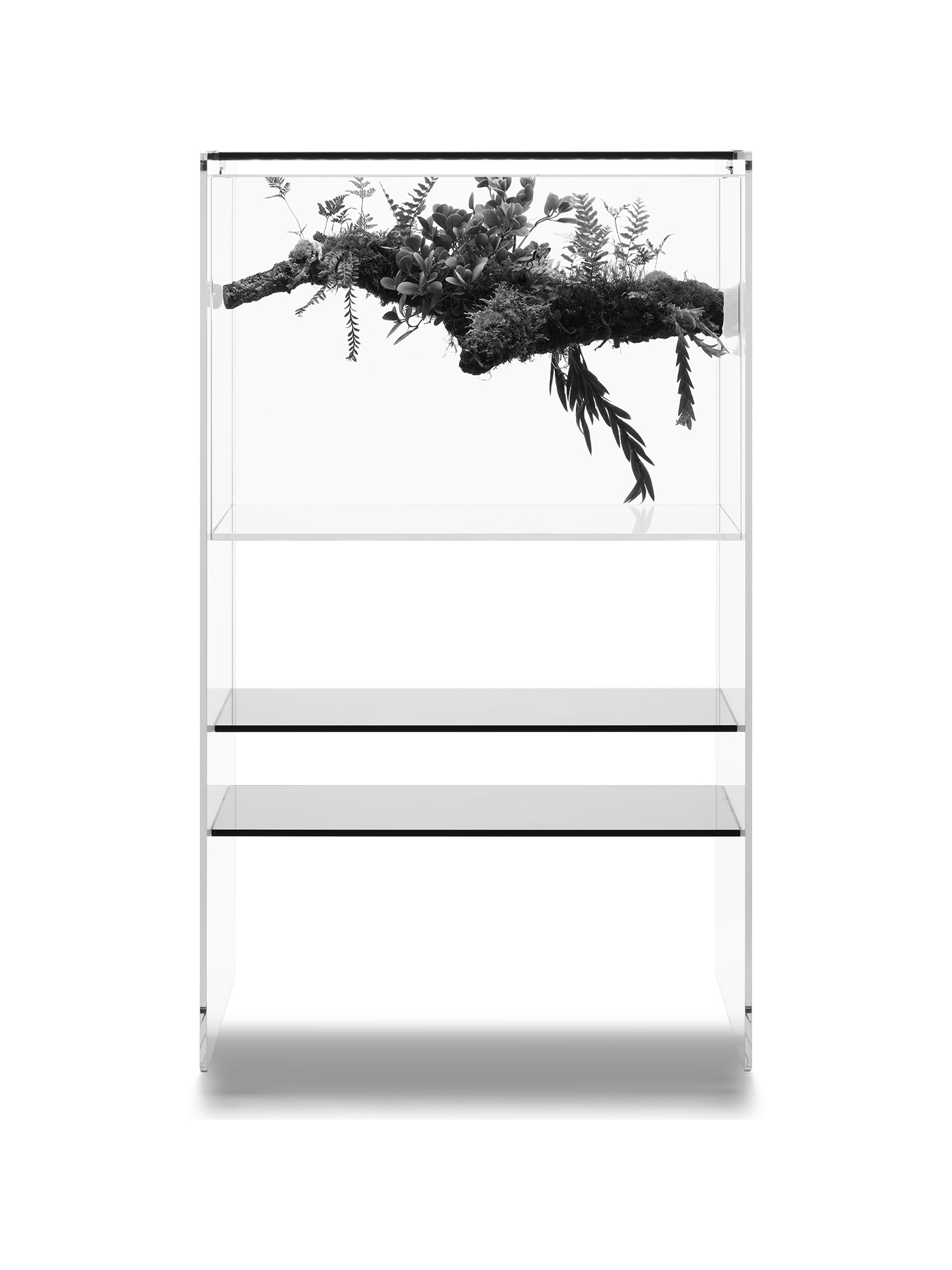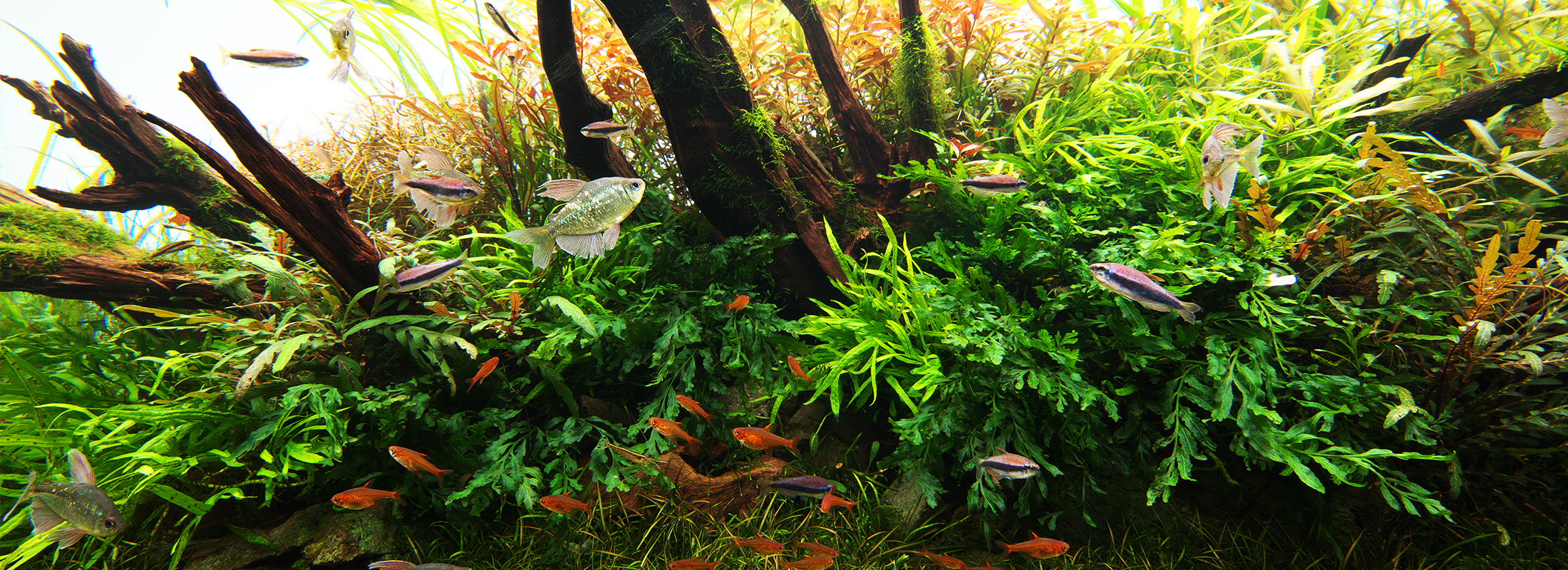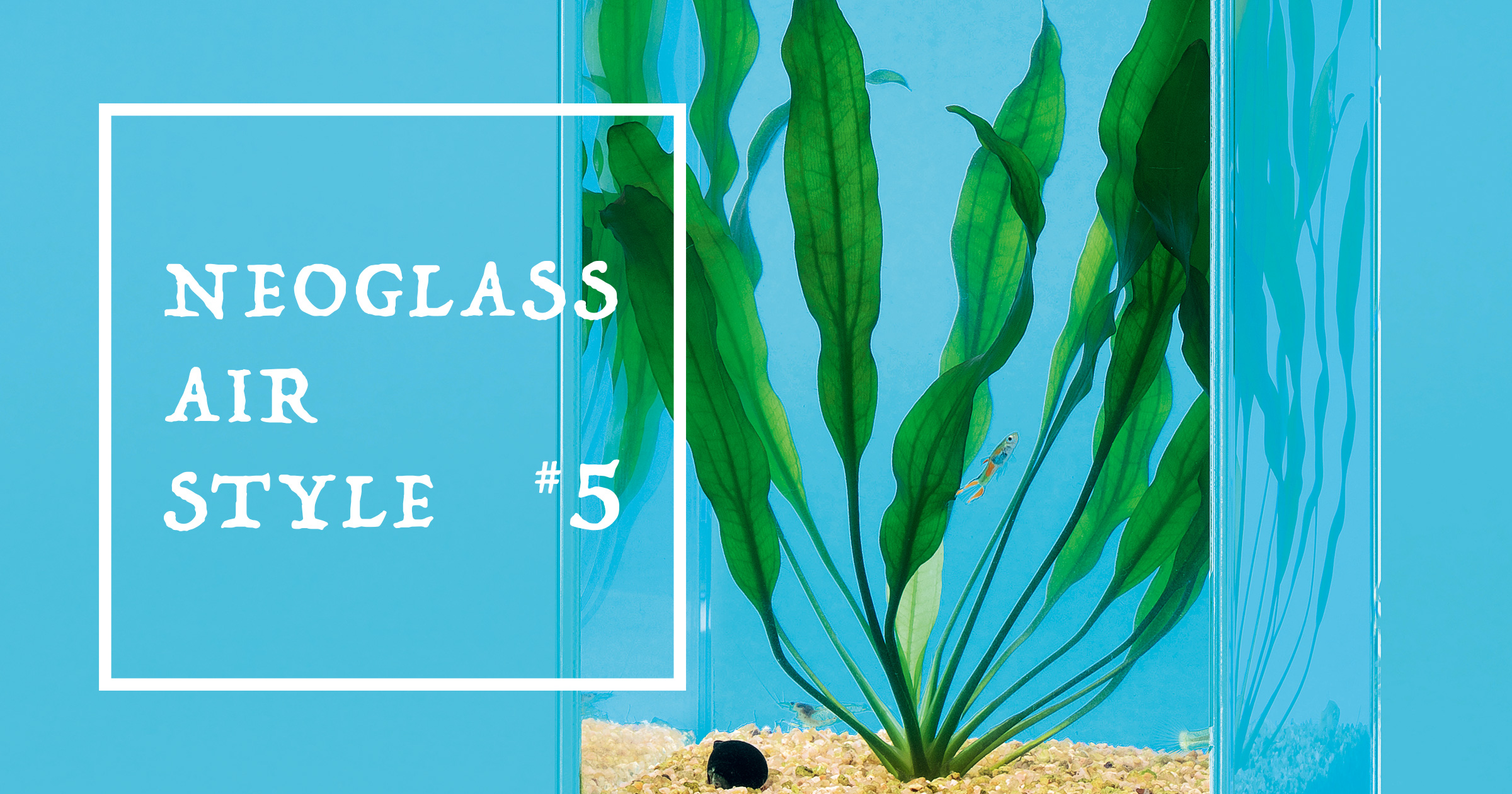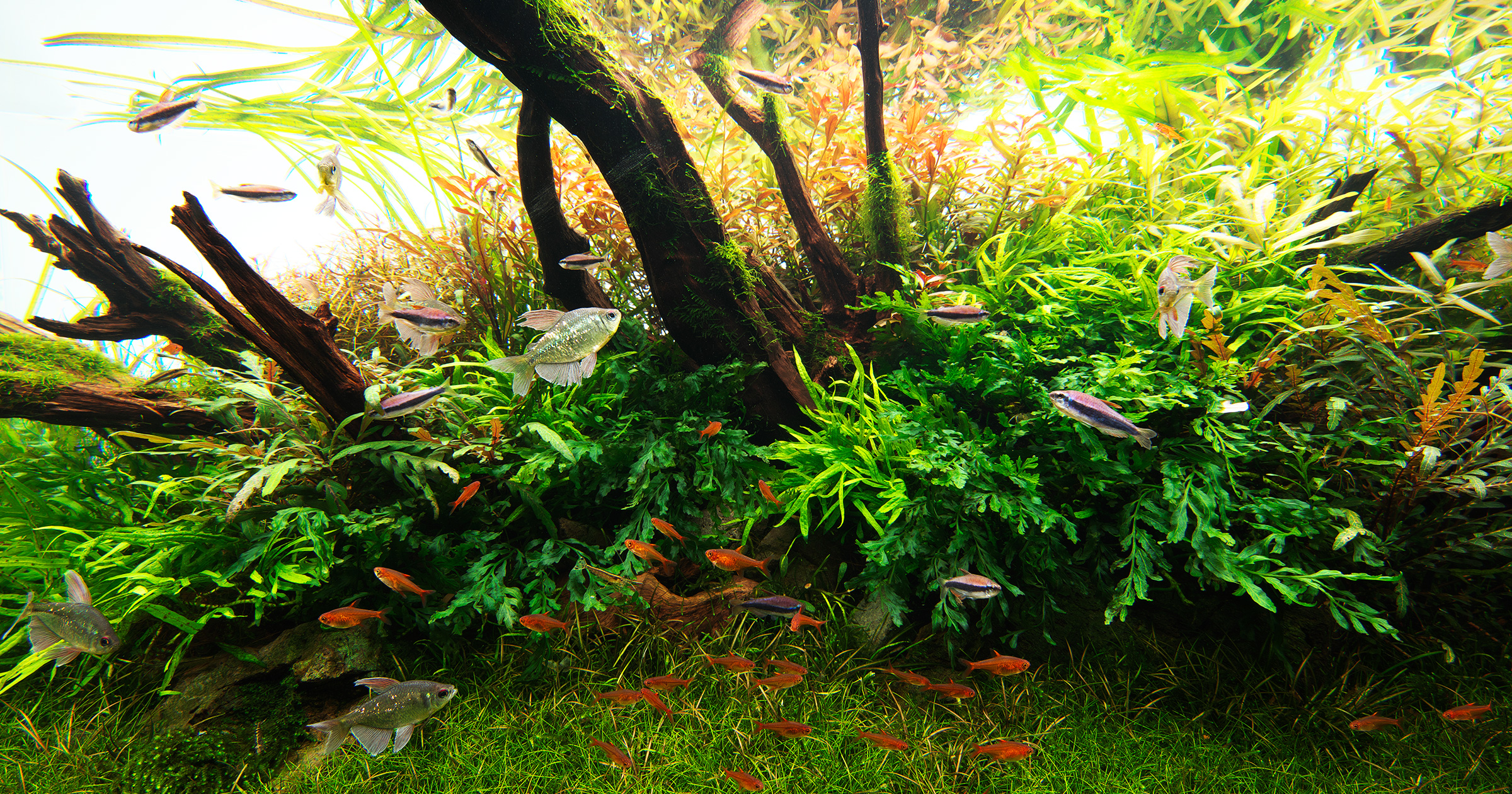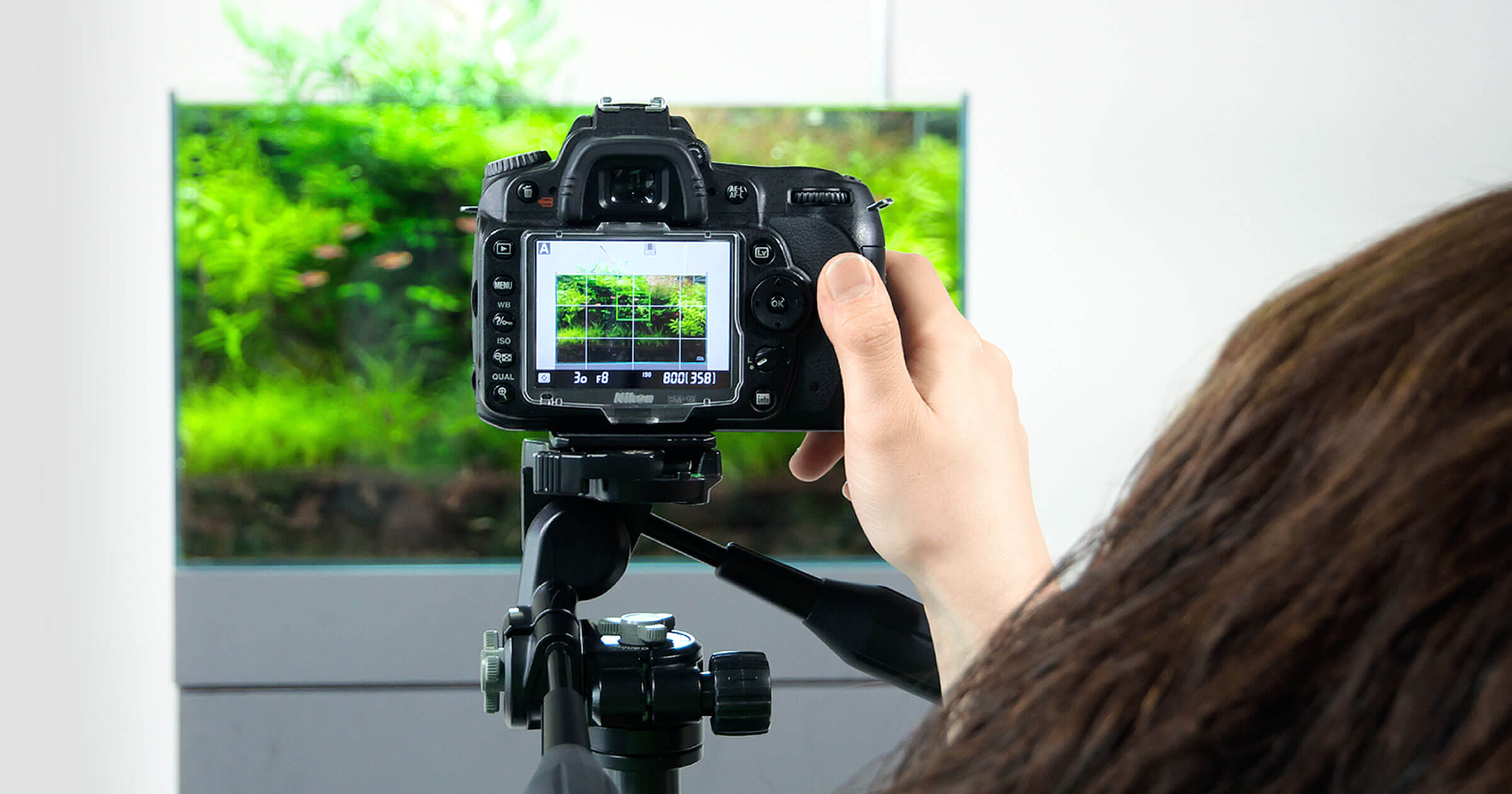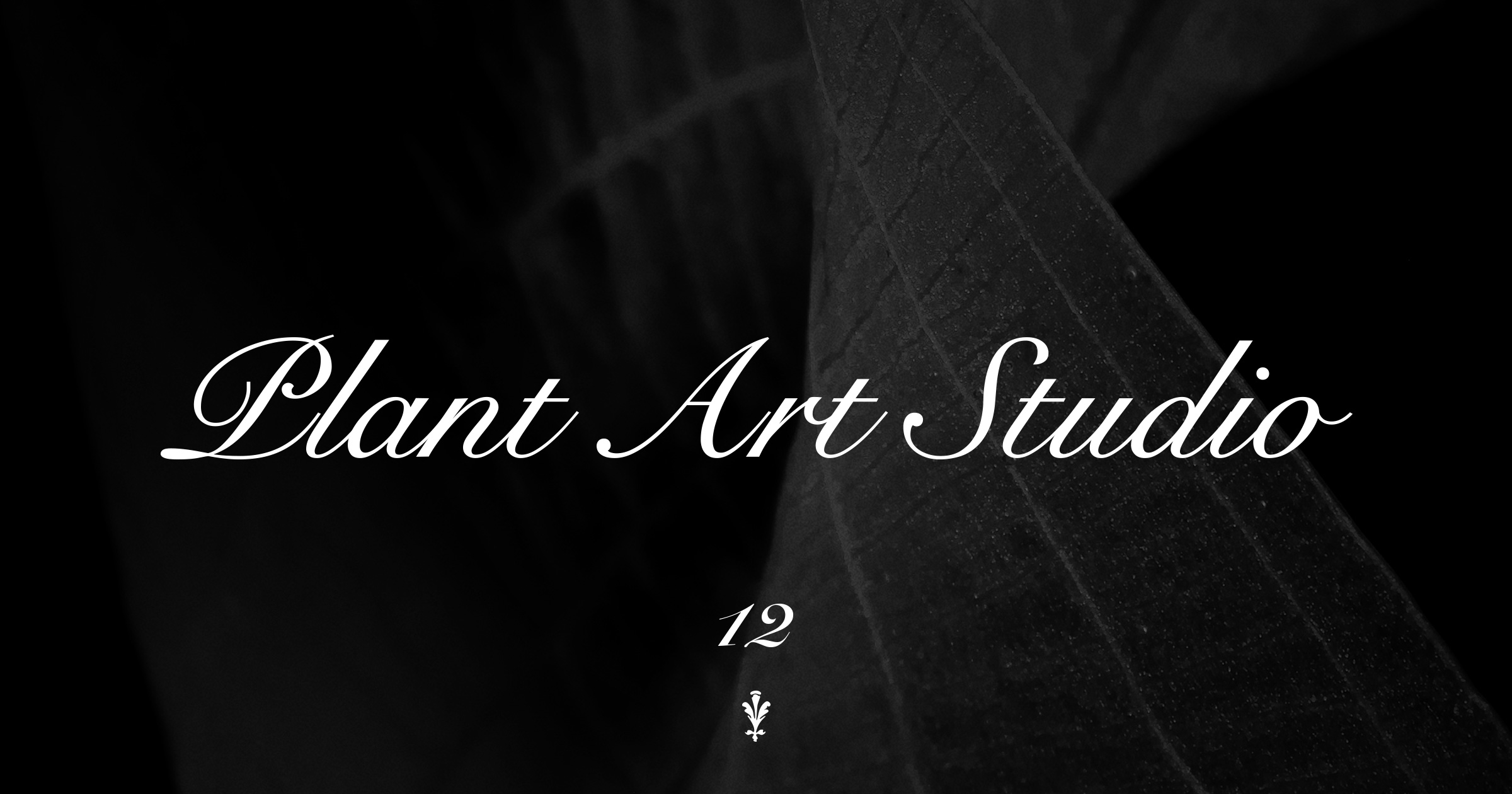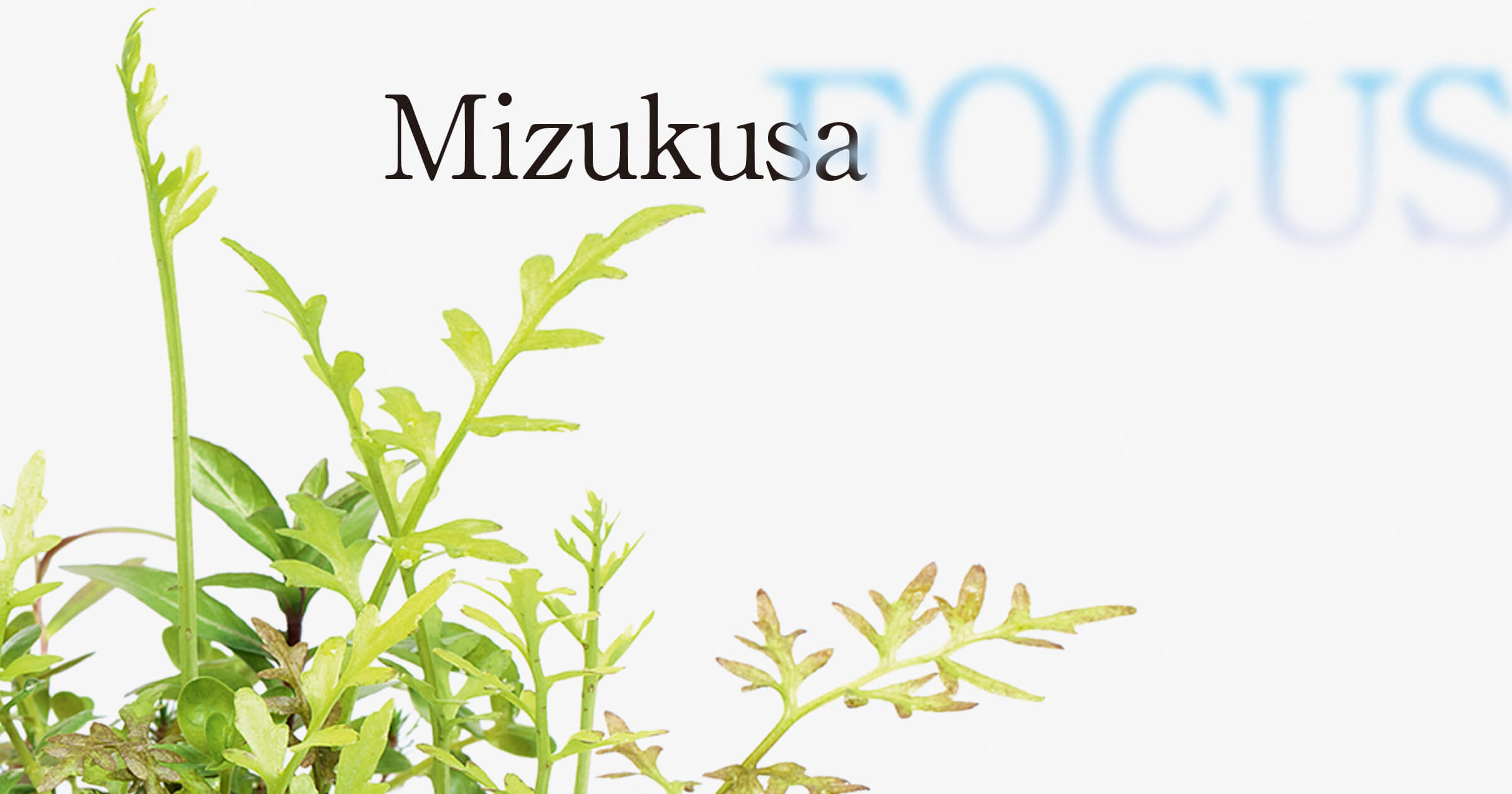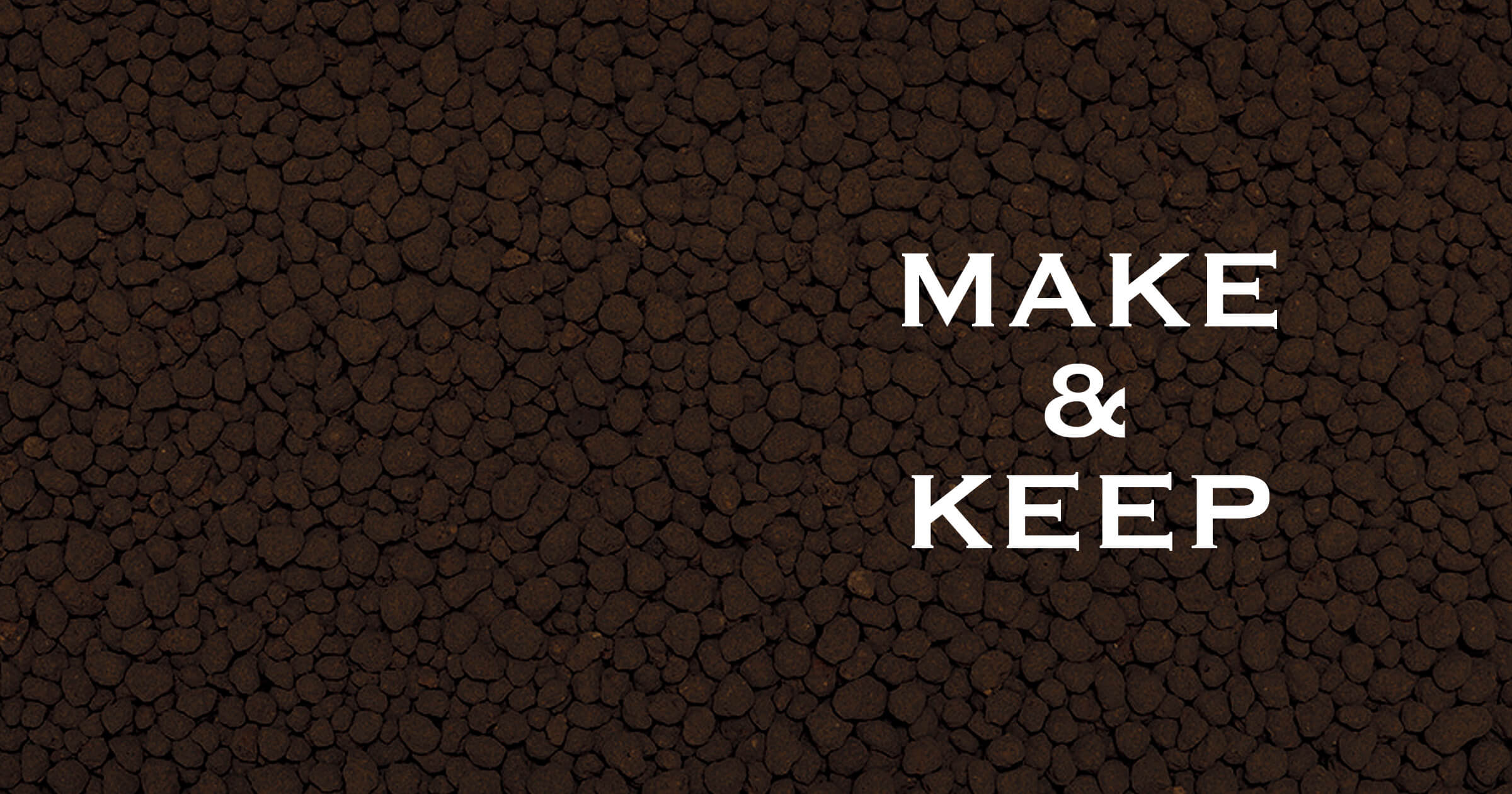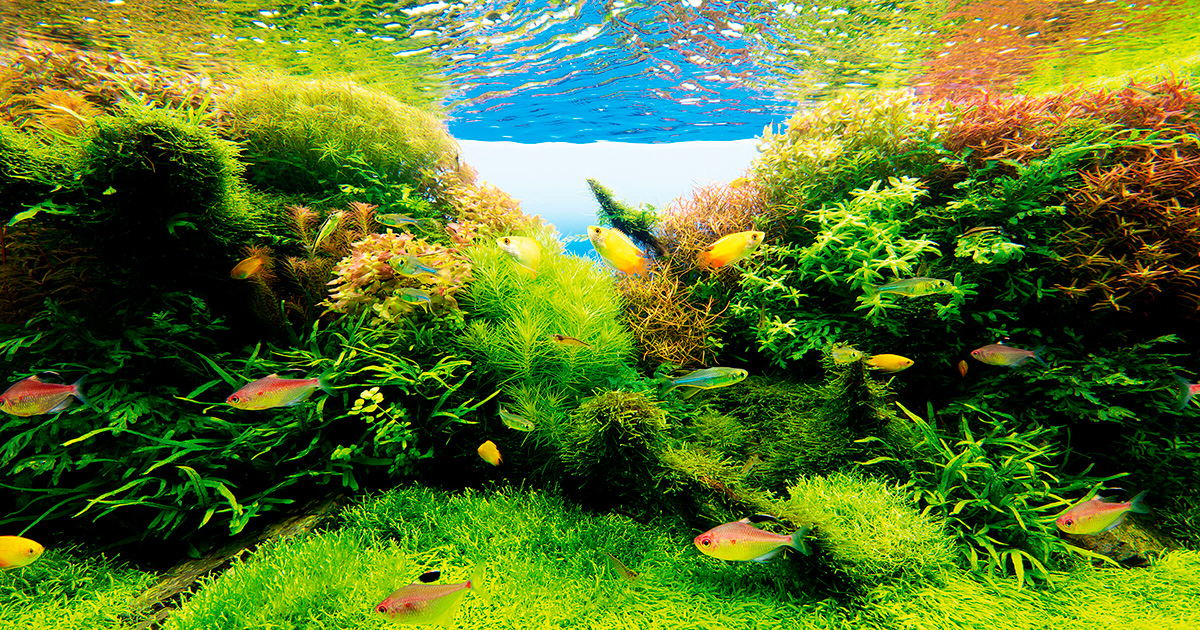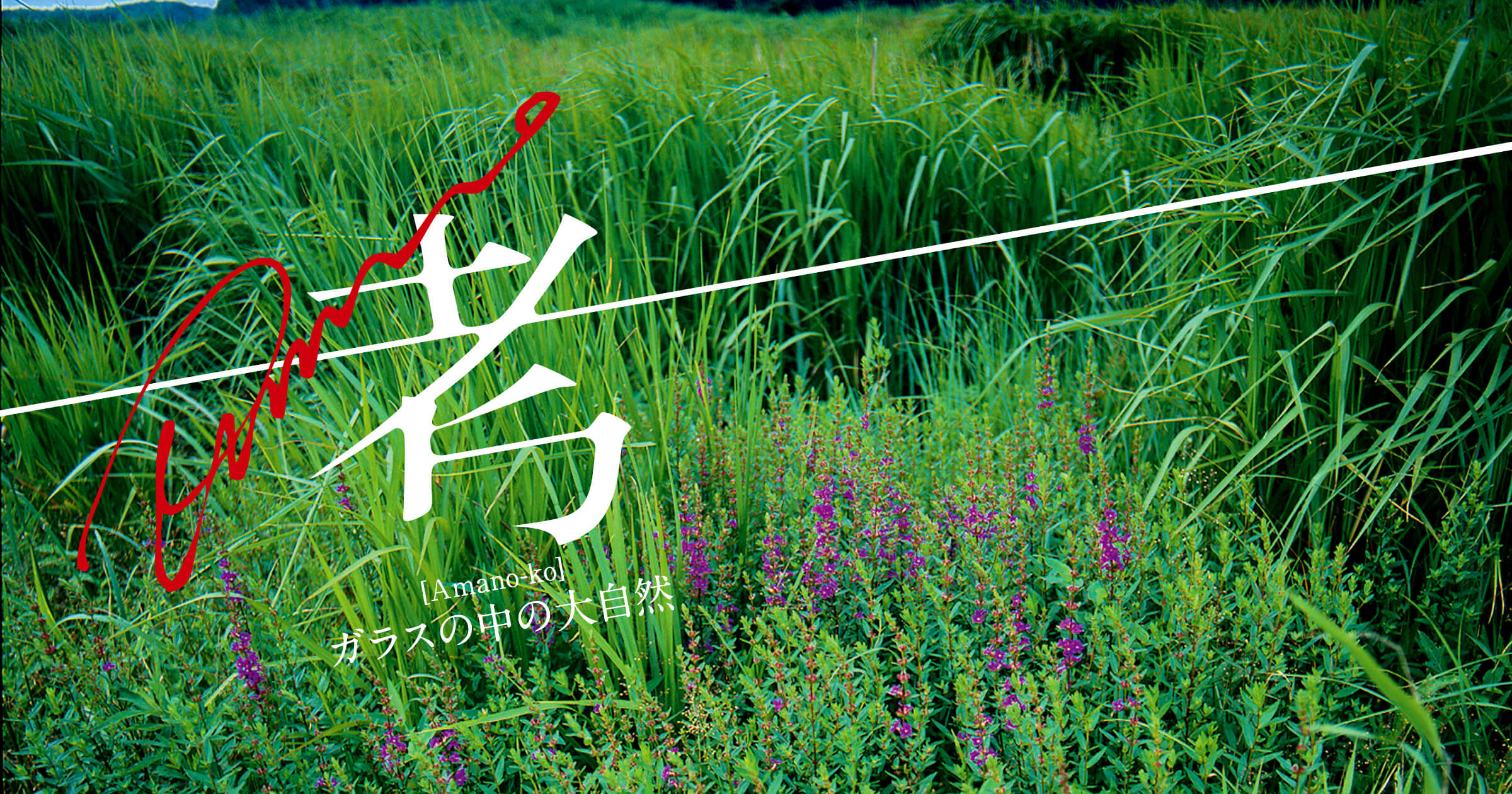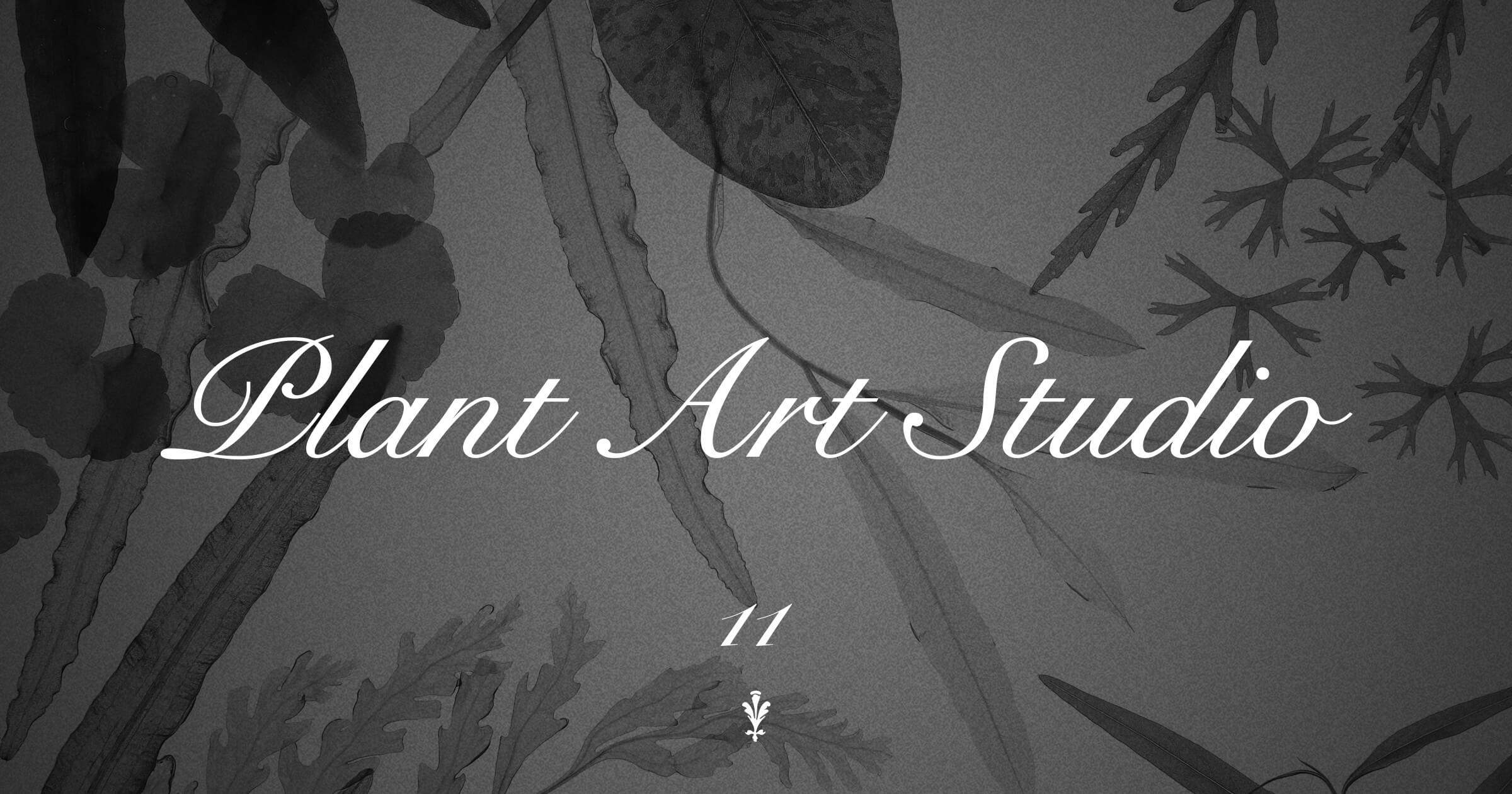NATURE IN THE GLASS ‘Balance of Crimson’
An aquascape that signifies the well-balanced condition of lively aquatic plants and fish with the contrast of green and red colors.
[Balance of Crimson]
The concept for this layout is the expression of the harmony of aquatic plants and fish through contrasting colors. A triangular composition was created by arranging driftwood branches in a radial fashion, and ferns were placed among them. The vitality of aquatic plants was emphasized by the visual effect of complimentary colors between the reddish stem plants in the background and dark green ferns. The addition of the reddish fish created the harmonious ap-pearance between aquatic plants and fish.
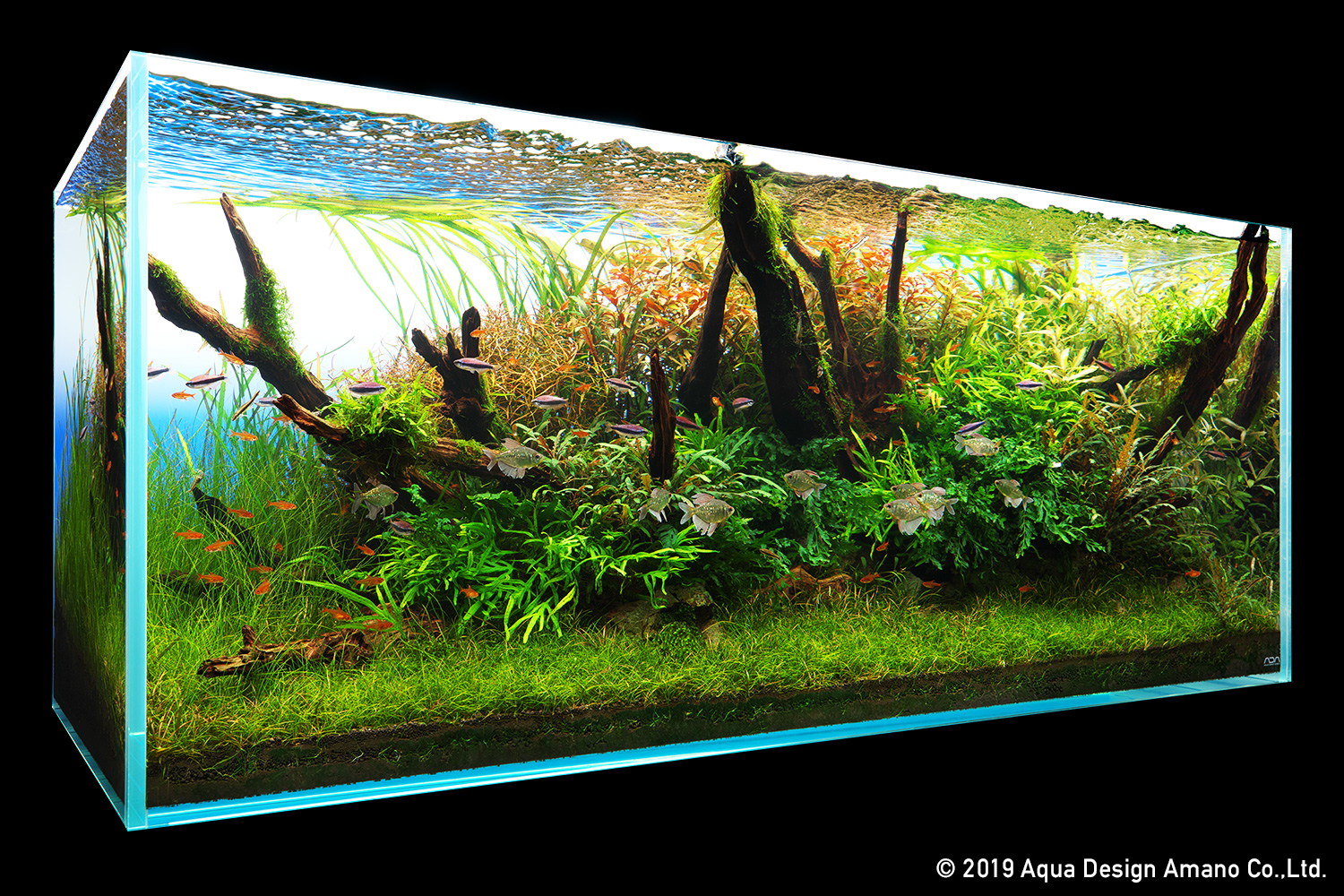
DATA
Shooting date: November 22nd, 2018(ADA)
Creator: Naru Uchida
Aquarium: Cube Garden W120×D50×H50(cm)
Lighting: Solar RGB x 2, turned on for 10 hours per day
Filter: Super Jet Filter ES-1200 (Bio Rio M)
Substrate: Aqua Soil Amazonia, Aqua Soil Amazonia II (5cm surface), Power Sand Advance M, Bacter 100, Clear Super, Tourmaline BC
CO2: Pollen Glass Beetle 50Ø, 4 bubbles per second via CO2 Beetle Counter (using Tower)
Aeration: 14 hours after the light is turned off using Lily Pipe P-6
Additives: Brighty K, Green Brighty Mineral, Green Brighty Iron,
Green Brighty Nitrogen, ECA
Water change: 1/3 once a week
Water quality: Temperature: 25ºC; pH: 6.8; TH: 20 mg/l
Aquatic Plants:
Ludwigia glandulosa / Ludwigia arcuata / Aponogeton rigidifolius / Pogostemon sp. “Dassen” / Vallisneria neotropicalis / Hygrophila polysperma / Hygrophila pinnatifida / Microsorum sp. “Trident” / Bolbitis heudelotii / Eleocharis parvula / Eleocharis acicularis / Helanthium tenellum / Taxiphyllum barbieri
Fish & Invertebrates:
Moenkhausia pittieri / Hyphessobrycon amandae / Inpaichthys kerri / Crossocheilus oblongus / Otocinclus sp. / Caridina multidentata
The way to arrange a few Horn Wood branches to make them look like one large piece of driftwood
In Nature Aquarium the framework of a composition is produced by arranging layout materials, such as driftwood and stones. A large 120 cm aquarium requires large layout materials. In the case of Horn Wood, it would be difficult to find just one piece of driftwood that is large and attractive enough to play the central role in this layout. Therefore, several medium-sized Horn Wood branches were arranged radially with their bases stacked together in this layout so that they look like one large piece of driftwood. The similar method is occasionally used with stones as well. The key point is to select stones or driftwood in the same type with similar impression and textures.
The key point for arranging Horn Wood that creates an impression of the flow of water and the depth in a layout
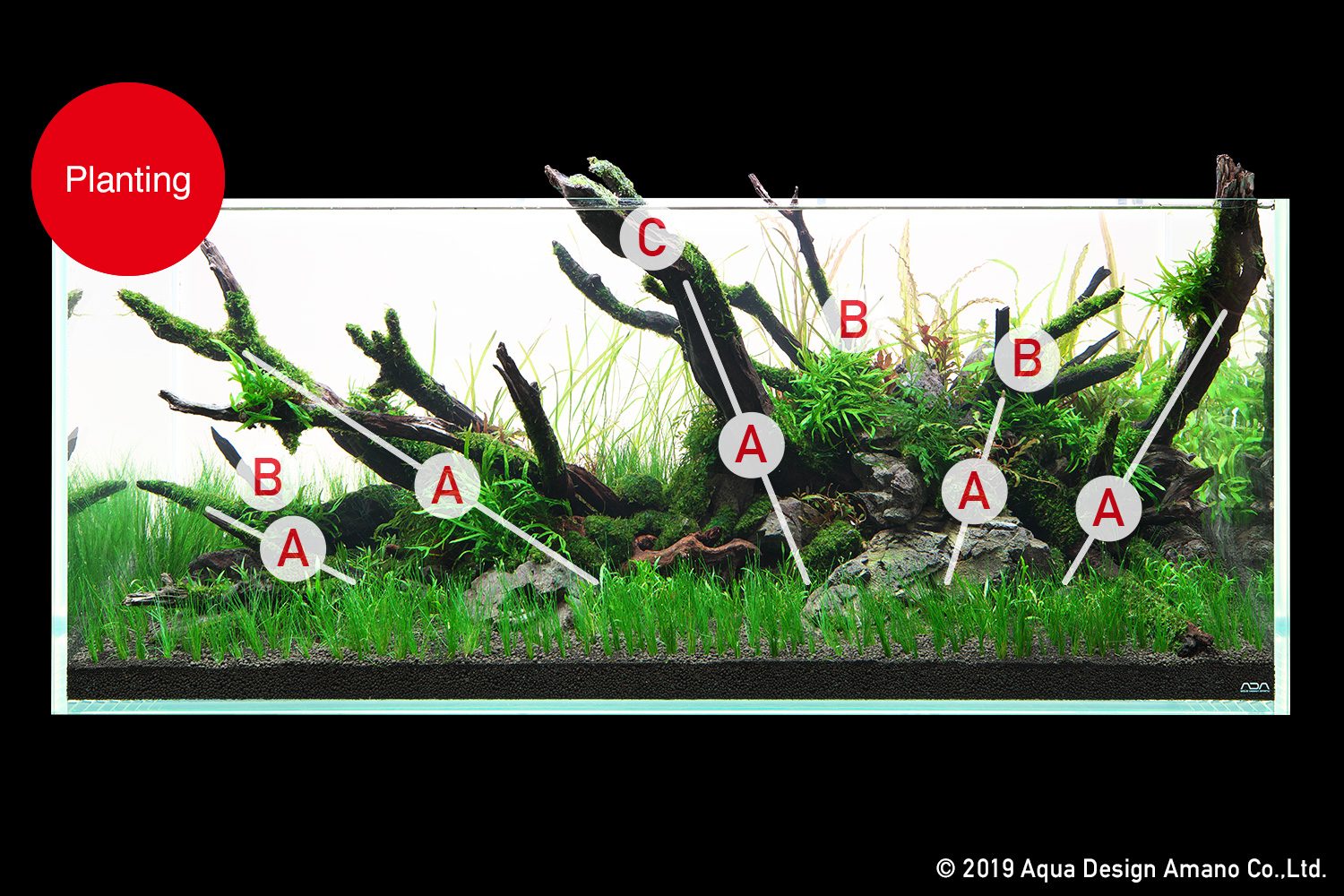
Tape-shaped aquatic plants were also planted in the background in addition to reddish stem plants. Doing so softens the strong impression of the red color and made the aquascape appear more cohesive.
A: The primary Horn Wood branches are arranged in a fan shape by gradually decreasing their angles from right to left. Doing so created an impression of water flow from the right rear of the aquarium toward the left front. Tilting these branches slightly toward the front created a powerful impression for the layout.
B: Thinner Horn Wood branches were arranged in the back of the aquarium. This arrangement created rhythm in the layout and added depth to the composition. Tilting these branches also contributed to the impression of water flow.
C: Some parts of driftwood were left bare intentionally without attaching Willow Moss in order to retain the texture of the wood surface. The moss was trimmed along the outline of driftwood using Pro-Scissors Spring before it became too bushy.
B: Thinner Horn Wood branches were arranged in the back of the aquarium. This arrangement created rhythm in the layout and added depth to the composition. Tilting these branches also contributed to the impression of water flow.
C: Some parts of driftwood were left bare intentionally without attaching Willow Moss in order to retain the texture of the wood surface. The moss was trimmed along the outline of driftwood using Pro-Scissors Spring before it became too bushy.
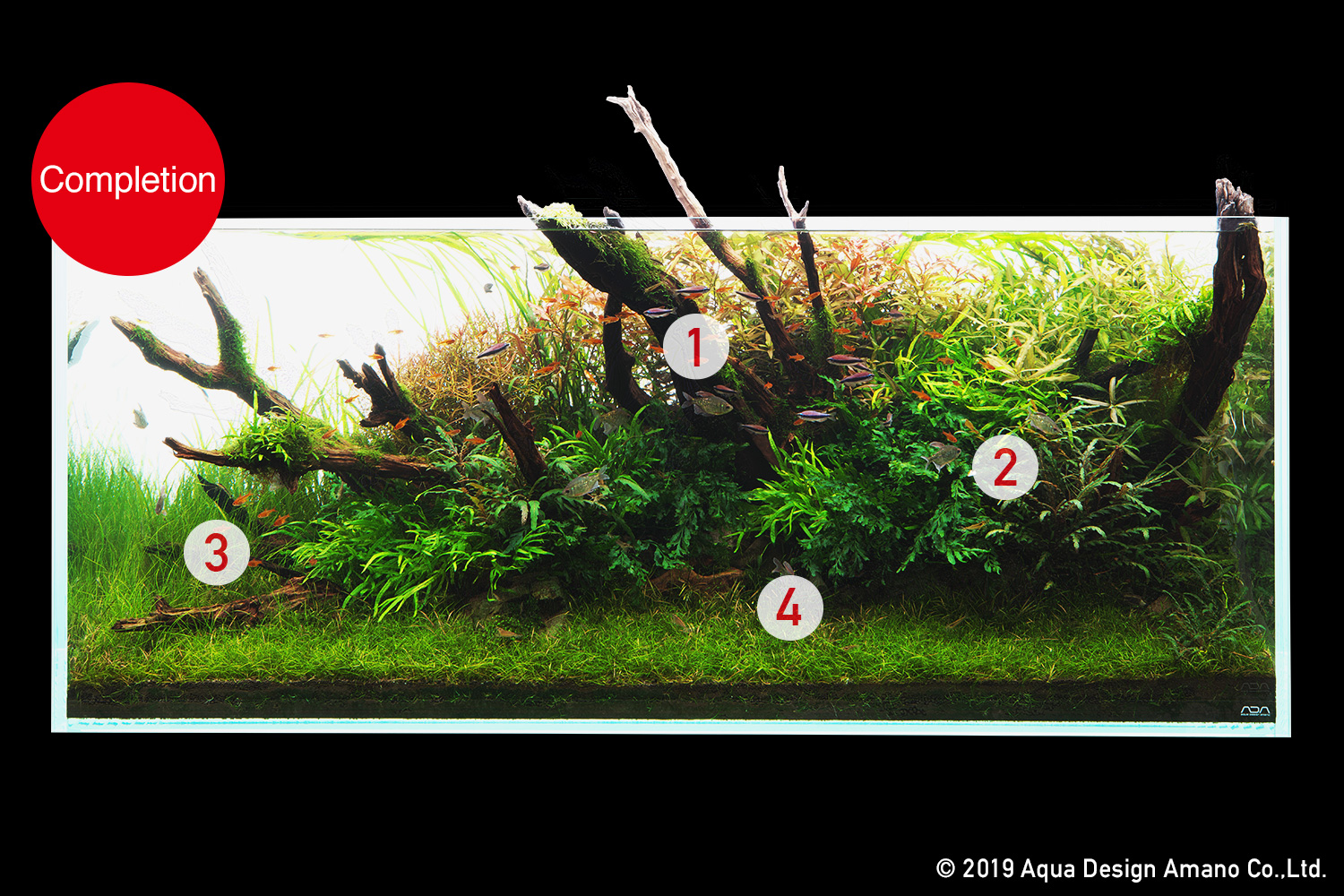
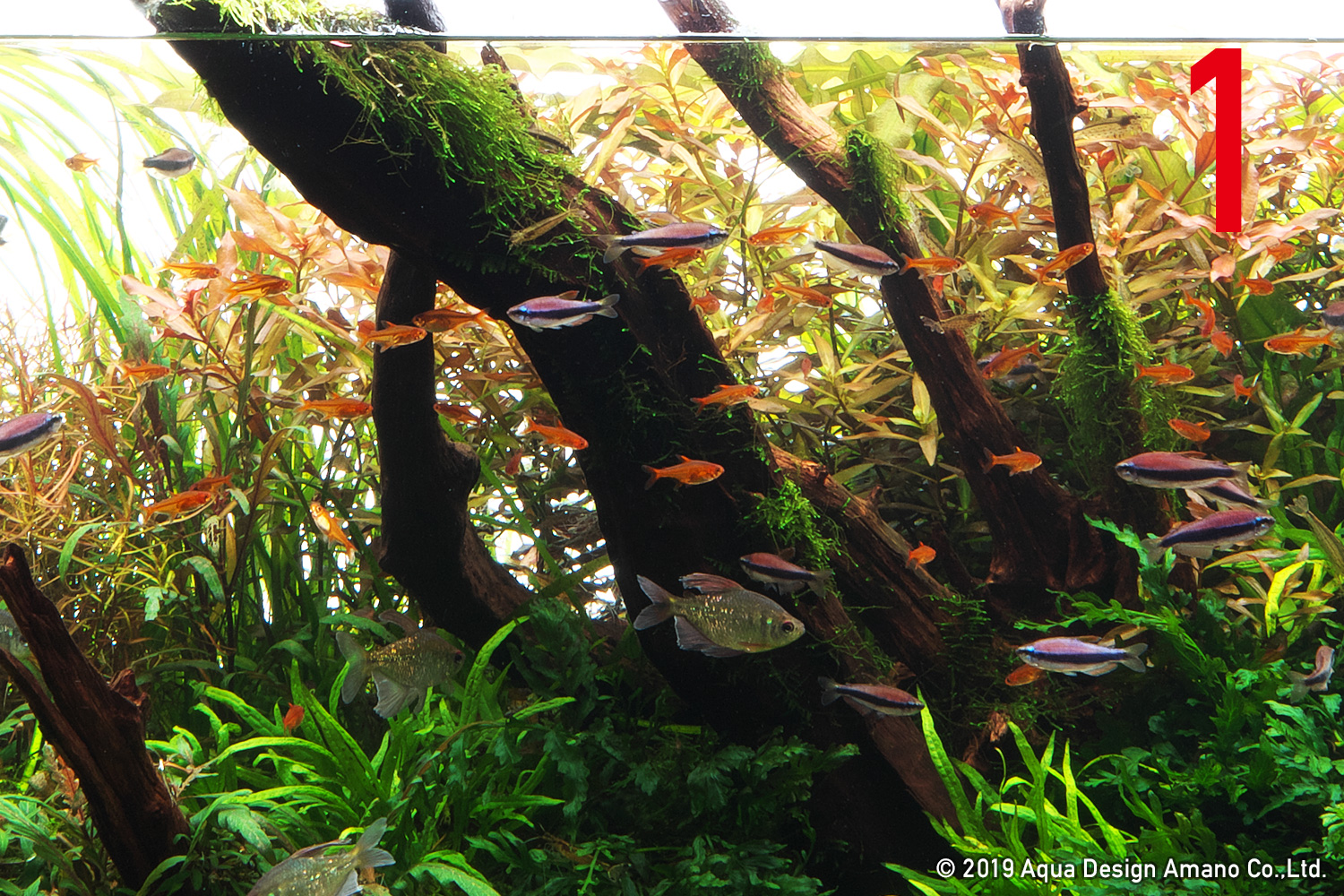
Since the brilliant red color of the stem plant is the key to this layout, ECA and Green Brighty Nitrogen were added as needed to maintain the red color in addition to the basic fertilizers (Brighty K and Green Brighty Iron.)
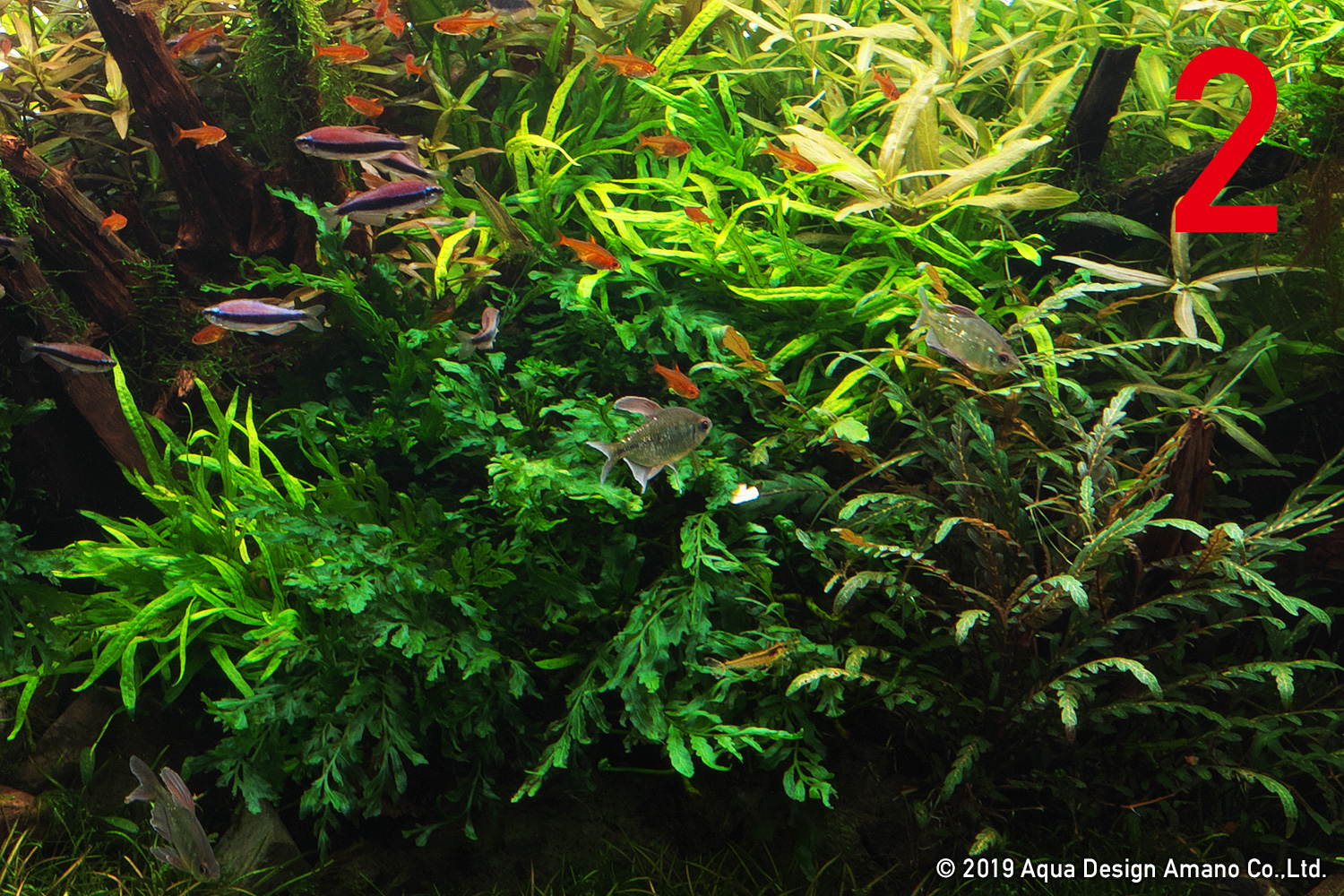
Since ferns tend to prefer fresh water, water changes were performed more frequently, and Phyton Git Plus was added after each water change to encourage new growth. Hygrophila pinnatifida was planted in the area that would appear too dark with ferns alone.
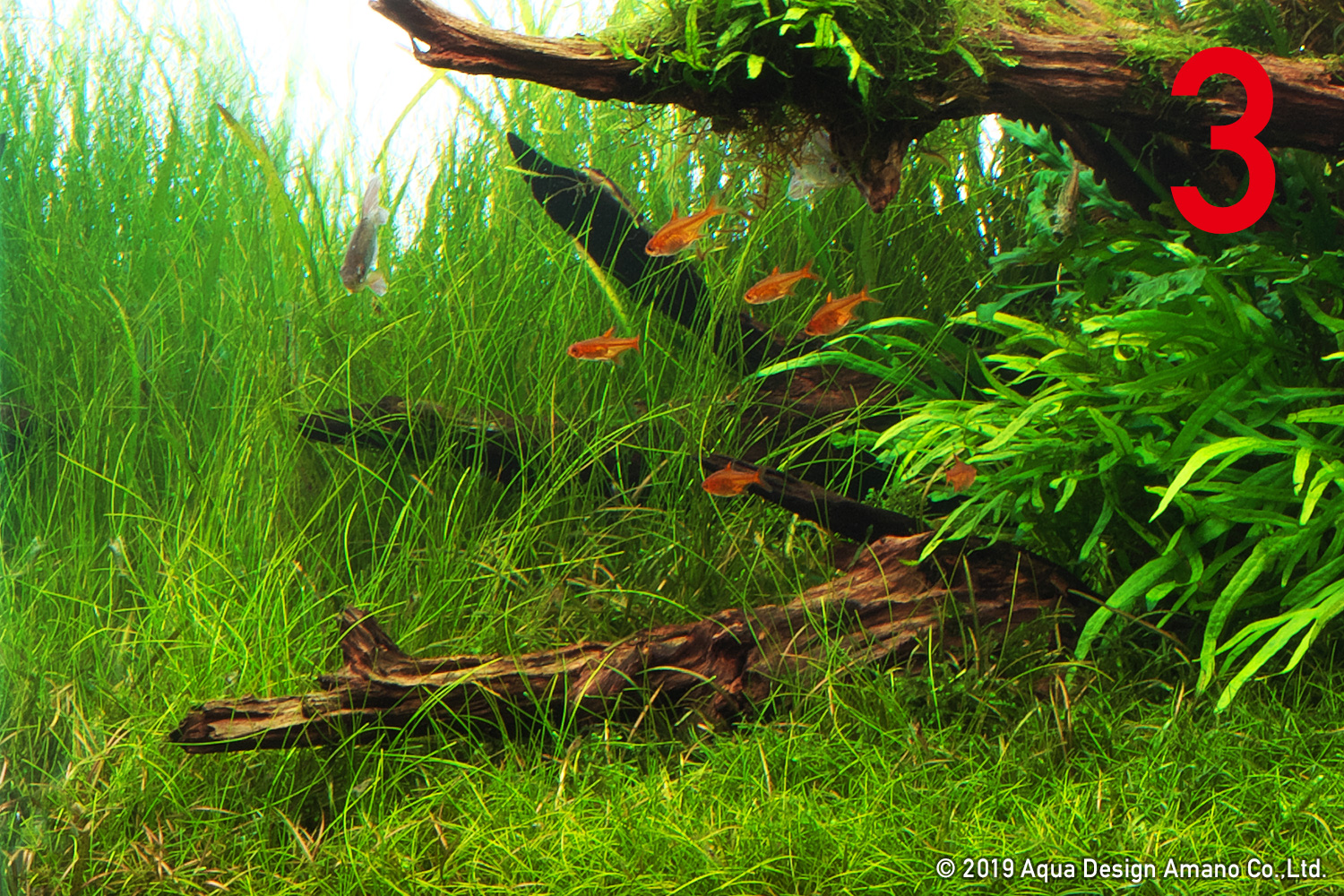
Eleocharis acicularis is maintained exquisitely at a just enough thickness so that the driftwood near the substrate would not be completely hidden by it. A sense of depth was strengthened by keeping the driftwood in the back slightly hidden.
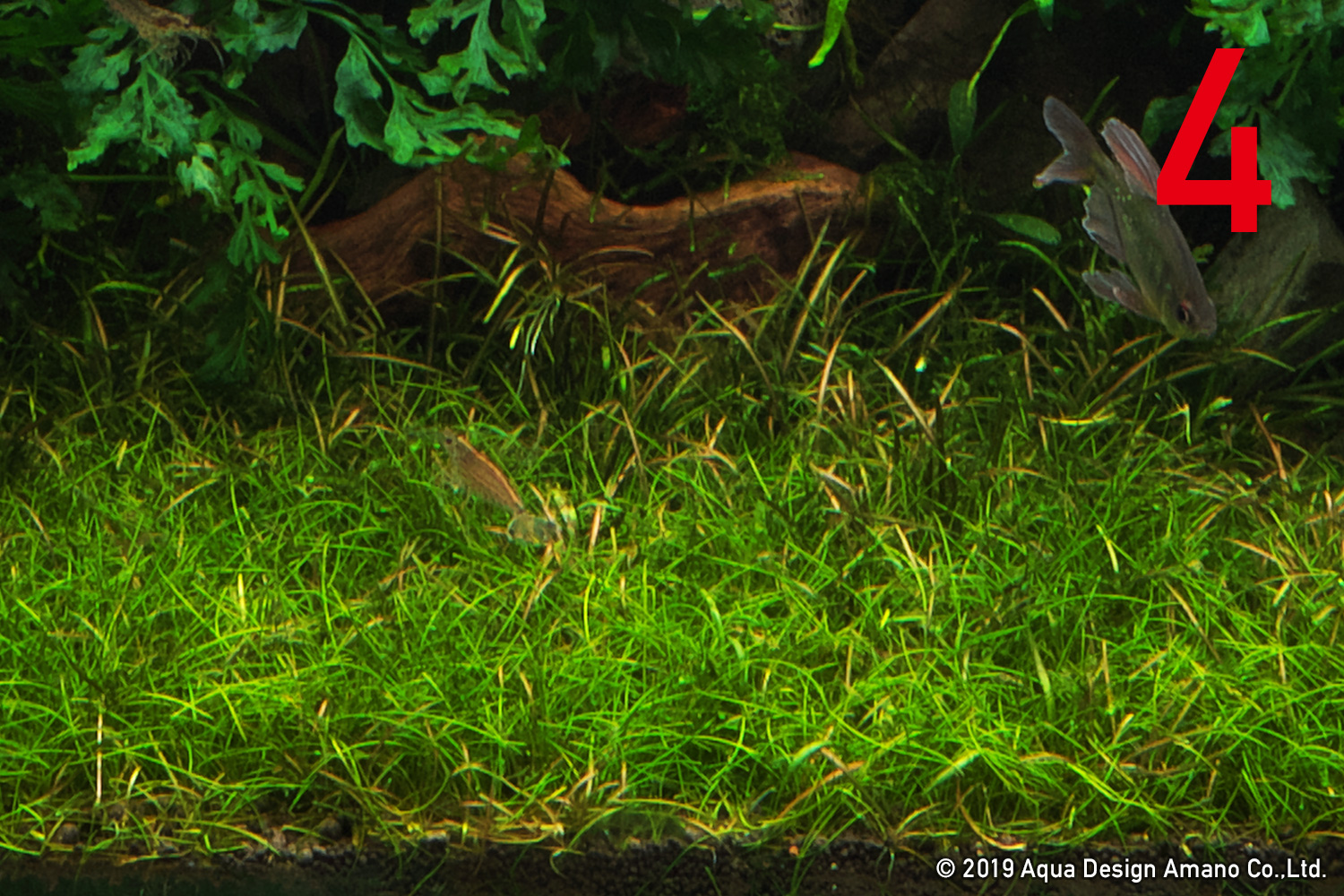
Planting Helanthium tenellum among Eleocharis parvula added a hint of red color in the green foreground. The appearance of a competition among plants contributes to a more natural atmosphere.

